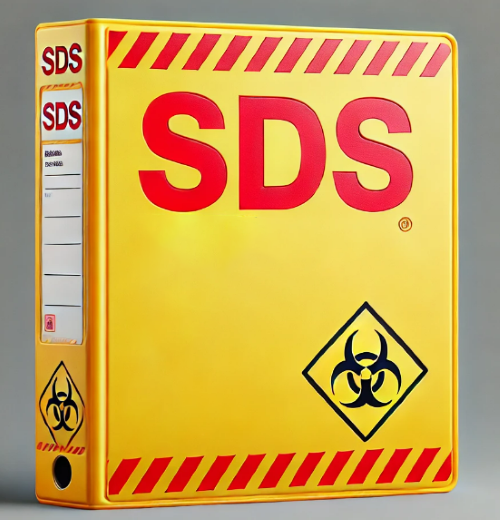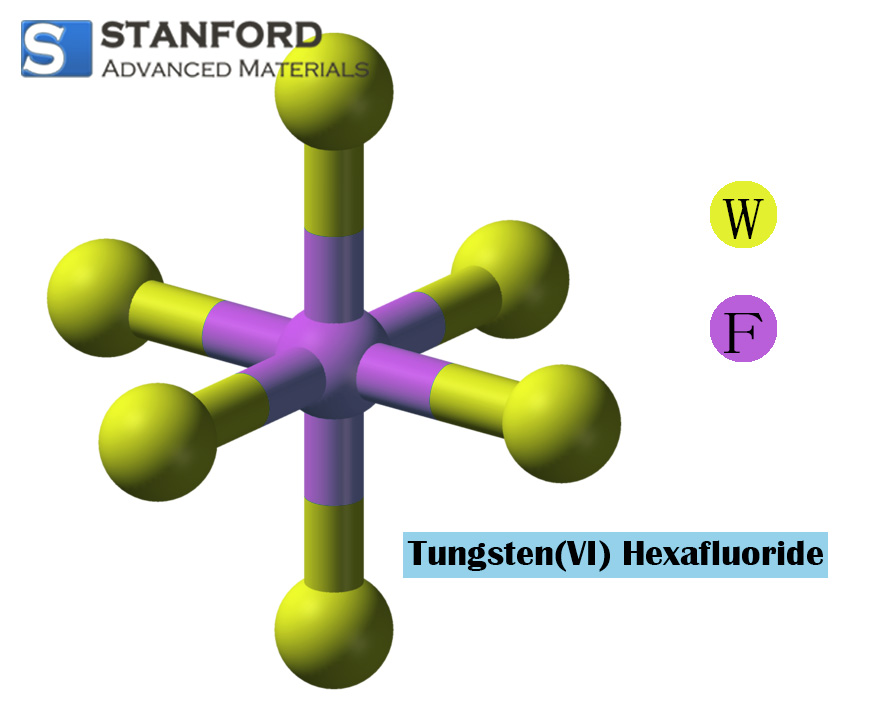SDS of Lithium Chloride
1: Product identifiers
Product name: Lithium chloride
CAS-No. : 7447-41-8
Relevant identified uses of the substance or mixture and uses advised against
Identified uses: Laboratory chemicals, Manufacture of substances
Details of the supplier of the safety data sheet
Manufacturer/Supplier:
Stanford Advanced Materials
23661 Birtcher Dr.
Lake Forest, CA 92630
Tel: (949) 407-8904
Fax: (949) 812-6690
E-mail: sales@SAMaterials.com
2: Hazards identification
2.1 Classification of the substance or mixture
Classification according to Regulation (EC) No 1272/2008
Acute toxicity
Skin irritation
Eye irritation
2.2 Label elements
Labelling according Regulation (EC) No 1272/2008
2.3 Other hazards
This substance/mixture contains no components considered to be either persistent, bioaccumulative and toxic (PBT), or very persistent and very bioaccumulative (vPvB) at levels of 0.1% or higher.
3: Composition/information on ingredients
3.1 Substances
Formula: ClLi
Molecular weight: 42.39 g/mol
CAS-No. : 7447-41-8
EC-No. : 231-212-3
4: First aid measures
4.1 Description of first aid measures
General advice
Consult a physician. Show this safety data sheet to the doctor in attendance.
If inhaled
If breathed in, move person into fresh air. If not breathing, give artificial respiration. Consult a physician.
In case of skin contact
Wash off with soap and plenty of water. Consult a physician.
In case of eye contact
Rinse thoroughly with plenty of water for at least 15 minutes and consult a physician.
If swallowed
Never give anything by mouth to an unconscious person. Rinse mouth with water. Consult a physician.
5: Firefighting measures
5.1 Extinguishing media
Suitable extinguishing media
Use water spray, alcohol-resistant foam, dry chemical or carbon dioxide.
5.2 Special hazards arising from the substance or mixture
Hydrogen chloride gas, Lithium oxides
Hydrogen chloride gas, Lithium oxides
5.3 Advice for firefighters
Wear self-contained breathing apparatus for firefighting if necessary.
5.4 Further information
No data available
6: Accidental release measures
6.1 Personal precautions, protective equipment and emergency procedures
Use personal protective equipment. Avoid dust formation. Avoid breathing vapours, mist or gas. Ensure adequate ventilation. Avoid breathing dust.
6.2 Environmental precautions
Do not let product enter drains.
6.3 Methods and materials for containment and cleaning up
Pick up and arrange disposal without creating dust. Sweep up and shovel. Keep in suitable, closed containers for disposal.
7: Handling and storage
7.1 Precautions for safe handling
Avoid contact with skin and eyes. Avoid formation of dust and aerosols.
Provide appropriate exhaust ventilation at places where dust is formed.
7.2 Conditions for safe storage, including any incompatibilities
Store in cool place. Keep container tightly closed in a dry and well-ventilated place.
hygroscopic Handle and store under inert gas.
Storage class (TRGS 510): Non Combustible Solids
8: Exposure controls/personal protection
8.1 Control parameters
8.2 Exposure controls
Appropriate engineering controls
Handle in accordance with good industrial hygiene and safety practice. Wash hands before breaks and at the end of workday.
Personal protective equipment
Eye/face protection
Safety glasses with side-shields conforming to EN166 Use equipment for eye protection tested and approved under appropriate government standards such as NIOSH (US) or EN 166(EU).
Skin protection
Handle with gloves.
Wash and dry hands.
Body Protection
Complete suit protecting against chemicals, The type of protective equipment must be selected according to the concentration and amount of the dangerous substance at the specific workplace.
Respiratory protection
Control of environmental exposure
Do not let product enter drains.
9: Physical and chemical properties
9.1 Information on basic physical and chemical properties
a) Appearance Form: crystalline
Colour: white
b) pH: 6
c) Melting point/freezing point: 605 °C
d) Initial boiling point and boiling range: 1,360 °C
e) Relative density: 2.070 g/cm3
f) Water solubility: soluble
g) Partition coefficient: noctanol/water: log Pow: -2.7
9.2 Other safety information
Bulk density: 530 kg/m3
10: Stability and reactivity
10.1 Reactivity
No data available
10.2 Chemical stability
Stable under recommended storage conditions.
10.3 Possibility of hazardous reactions
No data available
10.4 Conditions to avoid
No data available
10.5 Incompatible materials
Strong acids, Strong oxidizing agents, Bromine trifluoride
10.6 Hazardous decomposition products
Hazardous decomposition products formed under fire conditions. - Hydrogen chloride gas, Lithium oxides
Other decomposition products - No data available
Hazardous decomposition products formed under fire conditions. - Hydrogen chloride gas, Lithium oxides
11: Toxicological information
11.1 Information on toxicological effects
Acute toxicity
LD50 Oral - Rat - 526 mg/kg(Lithium chloride)
Skin corrosion/irritation
Skin - Rabbit(Lithium chloride)
Result: Skin irritation
Serious eye damage/eye irritation
Eyes - Rabbit(Lithium chloride)
Result: Eye irritation
12: Ecological information
12.1 Toxicity
12.2 Persistence and degradability
No data available
12.3 Bioaccumulative potential
No data available
12.4 Mobility in soil
No data available(Lithium chloride)
12.5 Results of PBT and vPvB assessment
This substance/mixture contains no components considered to be either persistent, bioaccumulative and toxic (PBT), or very persistent and very bioaccumulative (vPvB) at levels of 0.1% or higher.
12.6 Other adverse effects
13: Disposal considerations
13.1 Waste treatment methods
Product
Offer surplus and non-recyclable solutions to a licensed disposal company. Dissolve or mix the material with a combustible solvent and burn in a chem scrubber.
Contaminated packaging
Dispose of as unused product.
14. End of Data Sheet
This material safety data sheet is offered solely for your information, consideration, and investigation. Stanford Advanced Materials provides no warranties, either express or implied, and assumes no responsibility for the accuracy or completeness of the data contained herein.



